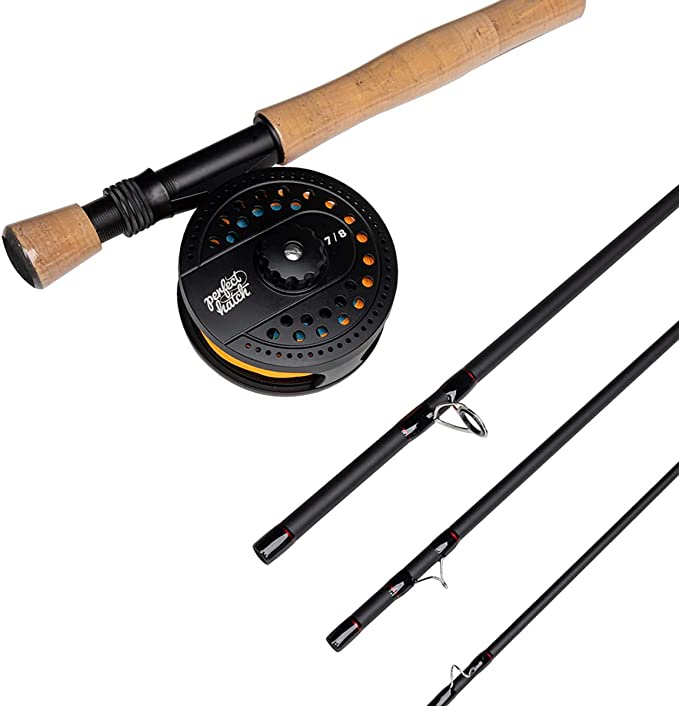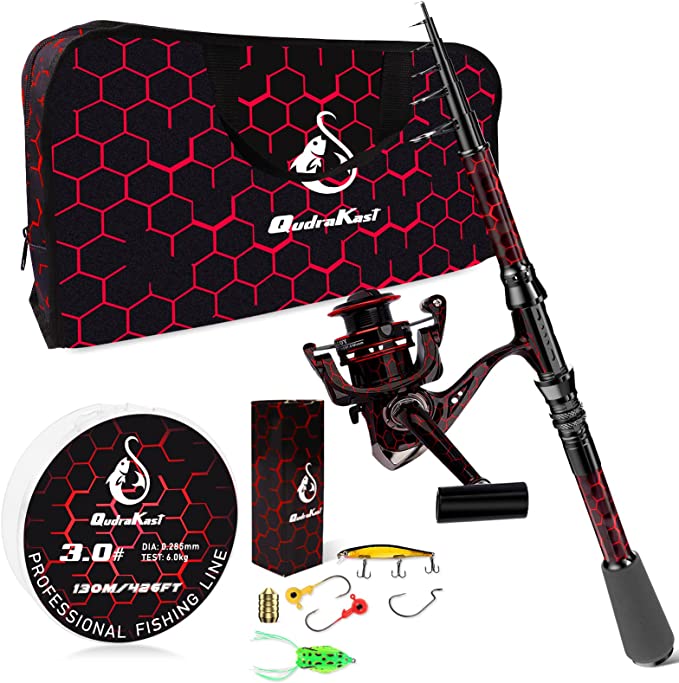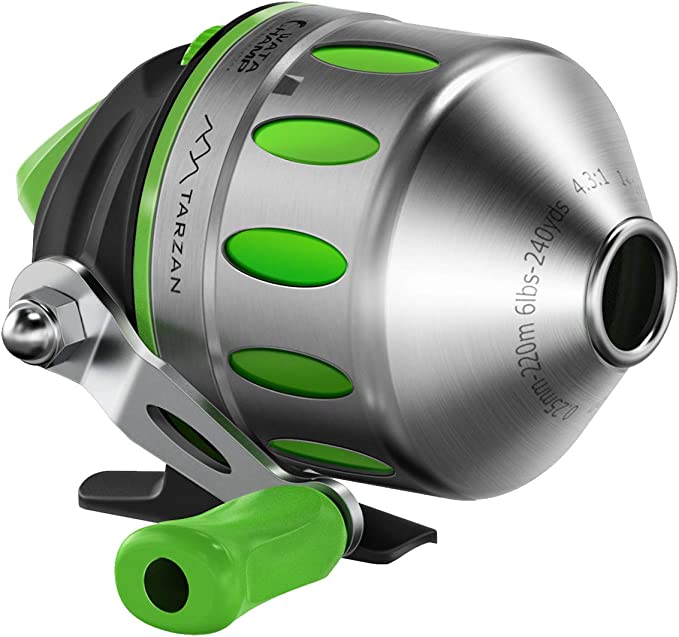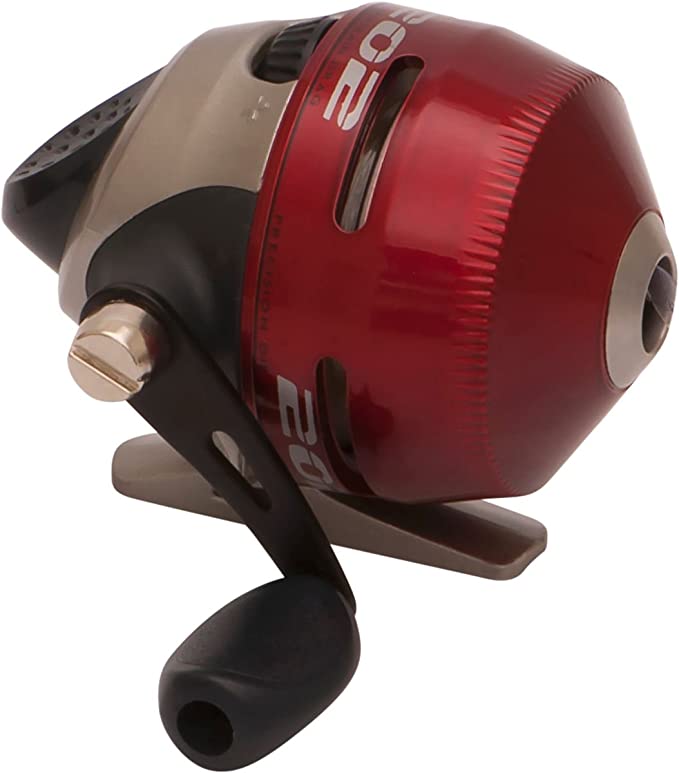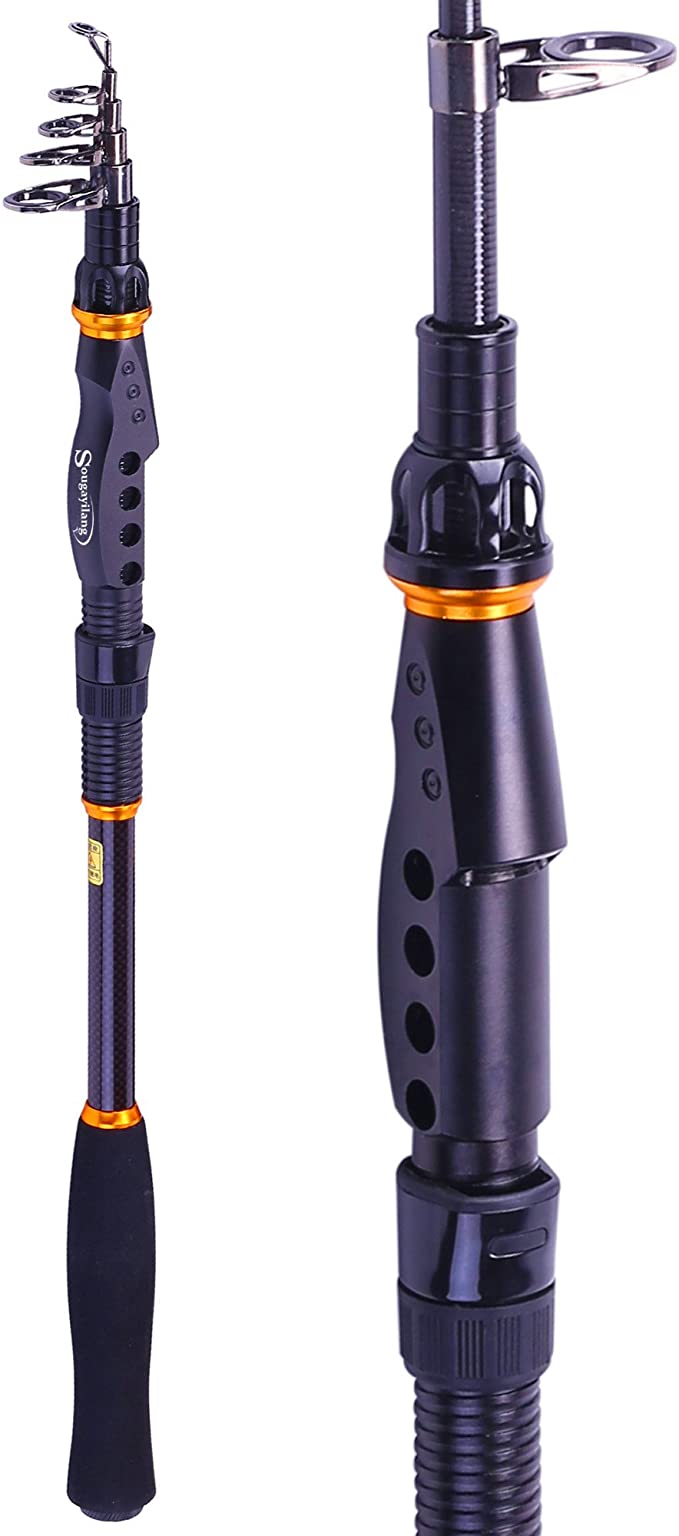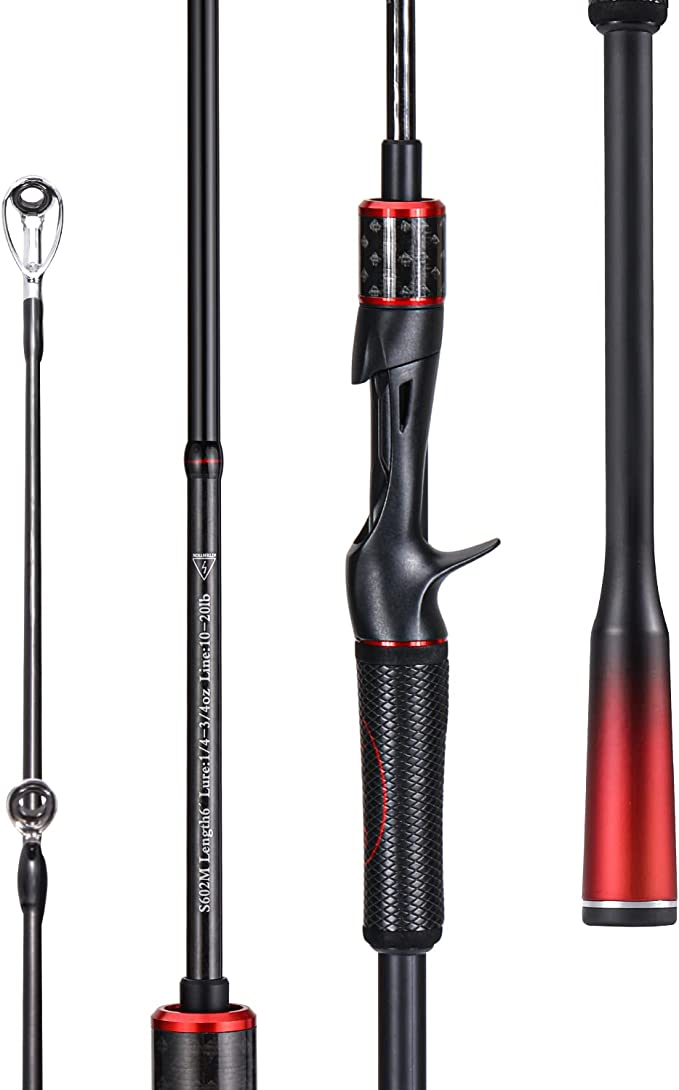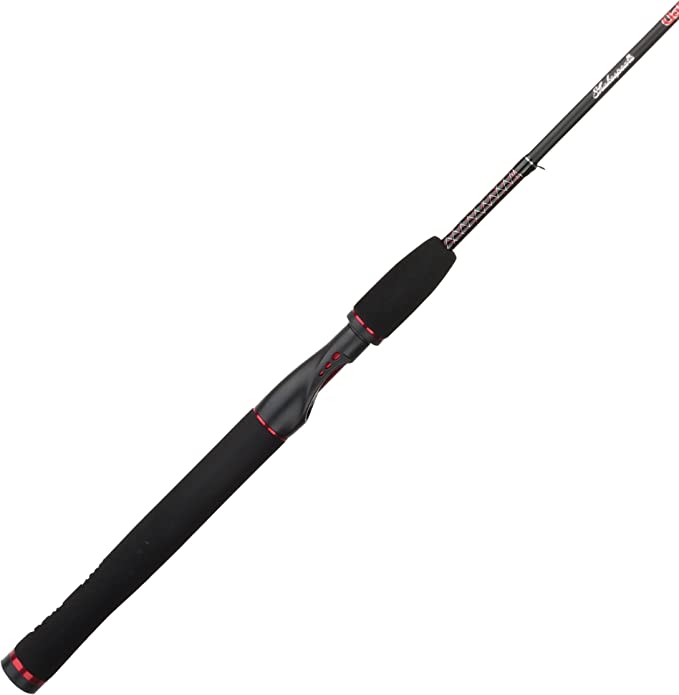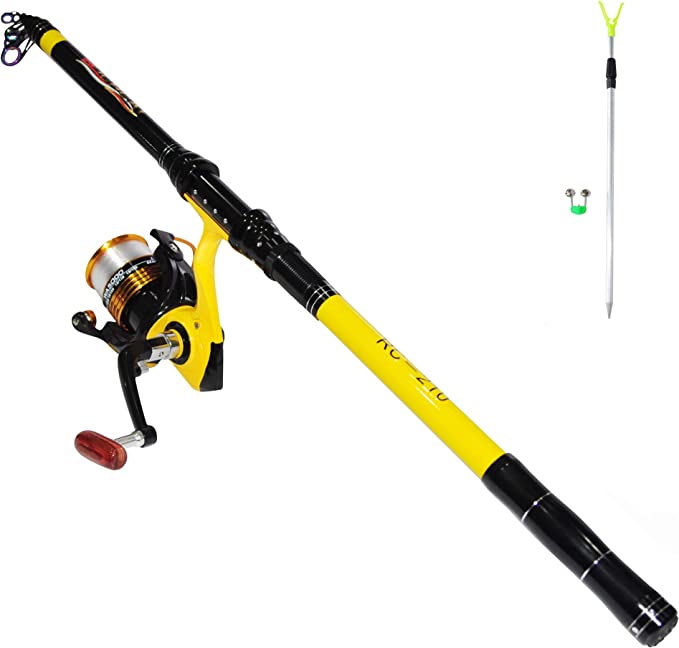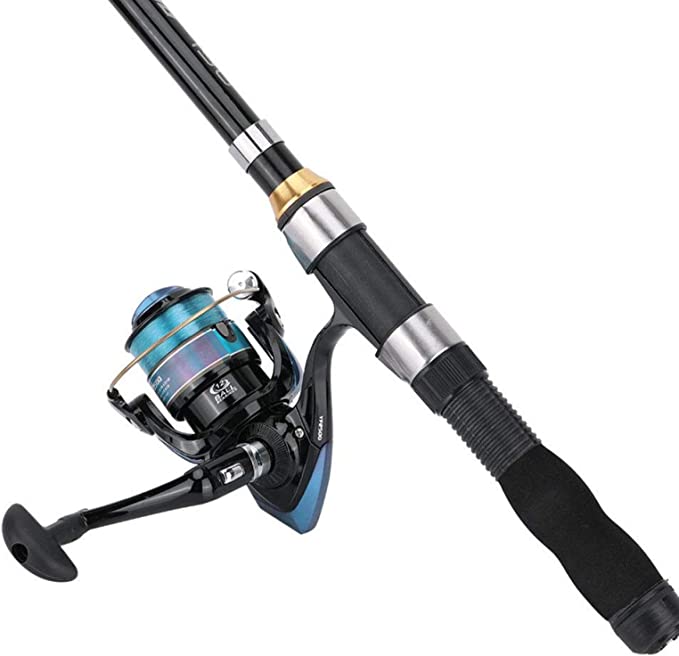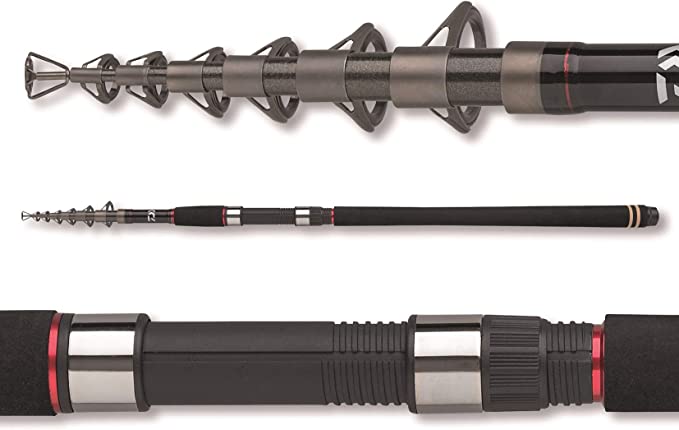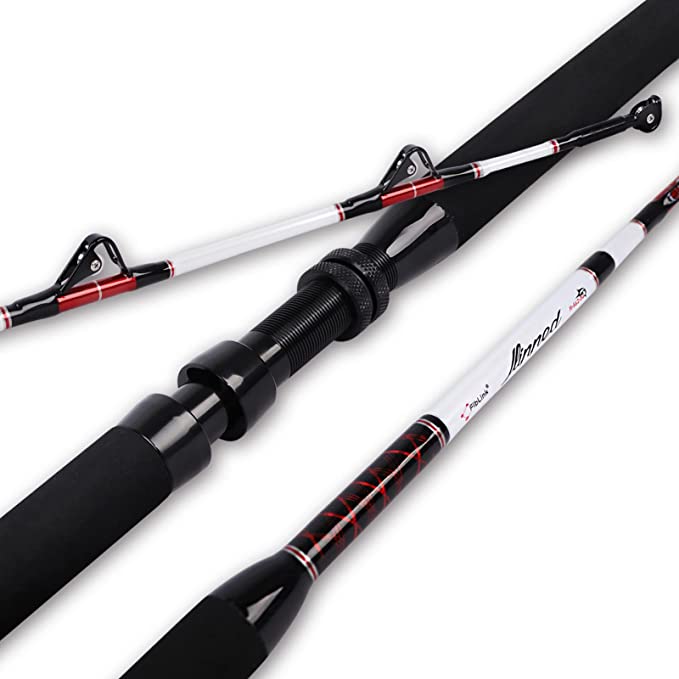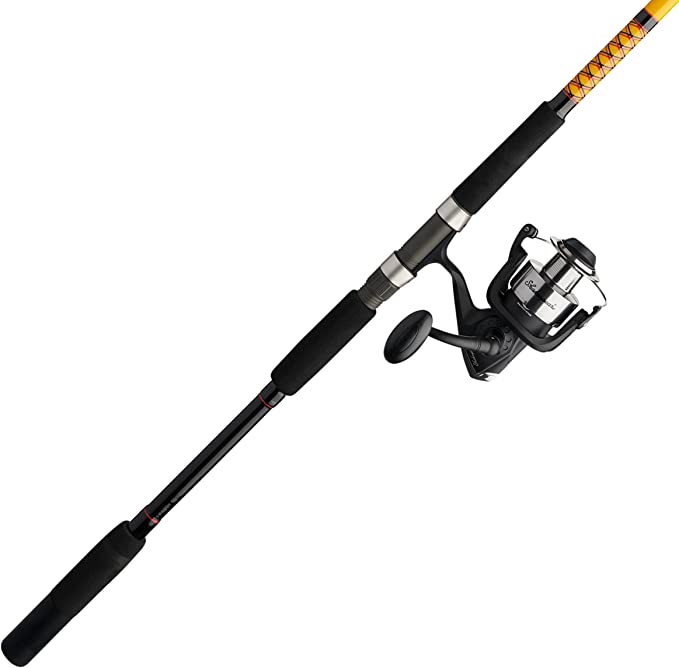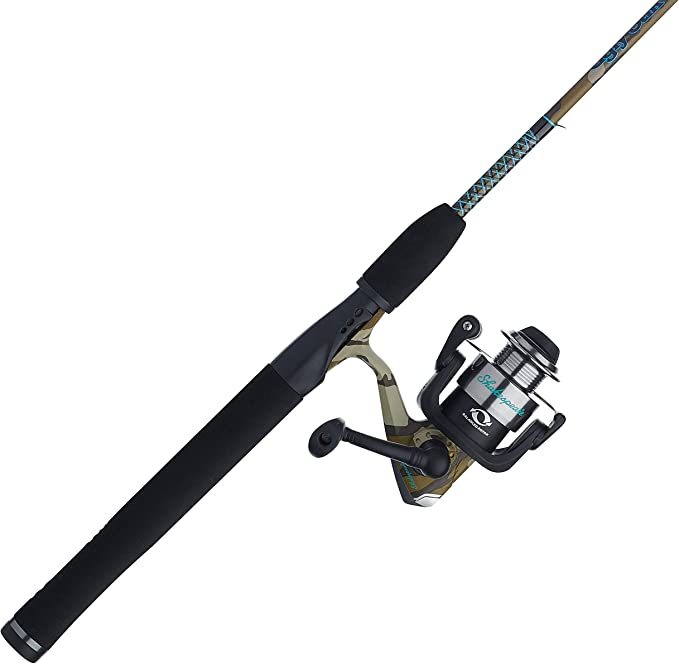The Versatile Angler's Companion: The Story of the Tiiyee Telescopic Rod
Update on Aug. 2, 2025, 5:08 a.m.
The Tiiyee Fishing Rod stands out as a triumph of modern engineering, transforming the act of fishing from a gear-intensive expedition into a spontaneous, grab-and-go adventure. Its design isn’t just about convenience; it’s a testament to the science of materials and mechanics that empowers anglers to fish on their own terms. This deep dive explores the history of portable fishing, the engineering behind the Tiiyee rod, and how it’s shaping the future of fishing for everyone from seasoned pros to absolute beginners.
From Simple Poles to Telescopic Marvels: A Brief History of Portable Fishing Gear
For centuries, fishing was a highly localized activity, constrained by the tools available. Early anglers relied on simple, cumbersome wooden poles, which were difficult to transport and limited to a single location. The first major leap came with the invention of segmented rods, which could be disassembled for easier travel. However, these still required significant assembly and were prone to losing segments.
The true revolution arrived with the telescopic rod. Drawing inspiration from instruments like telescopes and antennas, engineers developed a system of nested tubes that could collapse into a compact form and extend to a full-sized rod in seconds. This innovation, rooted in the principles of mechanical engineering and material science, democratized fishing, making it accessible to those who previously couldn’t manage the bulk of traditional gear. The Tiiyee rod builds on this legacy, refining the concept with modern materials and ergonomic design.
The Science of Strength and Flexibility: Materials at the Core of the Tiiyee Rod
The performance of any fishing rod is a direct result of its materials. The Tiiyee rod expertly blends a high-intensity aluminum alloy with fiberglass, a composite material known for its excellent durability and flexibility.
Fiberglass, a material composed of extremely fine glass fibers embedded in a polymer matrix, has been a staple in rod construction since the mid-20th century. Its key advantage lies in its strength-to-weight ratio and its ability to bend without fracturing. This flexibility allows the rod to “load up” with energy during a cast and absorb the shock of a fish’s fight, which is a crucial mechanical principle in angling.
The aluminum alloy core, often used in aerospace and automotive industries for its high strength and low density, provides the rod with its backbone. When a telescopic rod is extended, the nested segments lock together to form a rigid structure. The precision engineering of these segments is vital; a secure, tight connection is necessary to transfer the force from the angler to the line efficiently. The Tiiyee rod’s construction, with a solid wheel seat and a metal explosion-proof ring, ensures that these connections are robust, preventing the pole from failing under stress. This combination of fiberglass’s resilience and aluminum’s strength gives the rod a “moderate-fast action,” providing both the sensitivity to feel subtle bites and the power to set the hook firmly.
Versatility in Practice: Matching Rod Length to Fishing Techniques
The Tiiyee rod’s range of lengths is not arbitrary; it is a direct response to the diverse needs of different fishing scenarios. The principle behind choosing a rod length is directly tied to the type of fishing you’re doing.
- Shorter Rods (1M - 1.2M): These are tools for precision and control. For ice fishing, where the angler is directly over the hole, a short rod provides the necessary dexterity and sensitivity to manage light lines and subtle movements. Similarly, for fly fishing or targeting small streams, a short rod allows for accurate, delicate casts without snagging on overhead branches or bankside foliage. The physics of leverage dictates that a shorter lever is more manageable in tight quarters.
- Longer Rods (1.5M - 2.3M): These rods are built for casting distance and power. A longer rod acts as a longer lever, allowing the angler to generate more velocity at the tip of the rod during a cast. This is essential for lure fishing in open water or sea fishing, where reaching distant schools of fish or covering a wide area is key. The extra length also provides more leverage against a powerful fish, making it easier to reel in a larger catch.
This thoughtful design allows a single rod model to be adapted to a wide array of environments, from the quiet solitude of a small pond to the dynamic challenges of coastal fishing. The Tiiyee rod’s engineering philosophy is a celebration of this adaptability, making it a truly universal tool.
The Ergonomics of Endurance: A Handle Built for Comfort
A fishing rod is only as good as its connection to the angler. The Tiiyee rod features a durable EVA handle, a material widely used in sporting goods for its superior comfort and non-slip properties. EVA (ethylene-vinyl acetate) is a closed-cell foam that is both lightweight and highly resilient. Its ability to absorb vibration and its soft, yet firm texture reduce hand fatigue and provide a secure grip, even in wet conditions. This ergonomic design is critical for anglers who spend hours casting and retrieving, ensuring that their focus remains on the water, not on a strained grip. The anti-slip nature of the EVA handle also increases safety, a crucial factor when handling slippery fish and wet equipment.
The Tiiyee Fishing Rod is more than just a piece of gear; it’s a well-researched, scientifically-backed tool designed to expand the possibilities of fishing. Its blend of historical precedent, modern materials, and ergonomic design makes it a versatile companion for any angler, embodying the brand’s commitment to making a relaxed and happier life more accessible.



